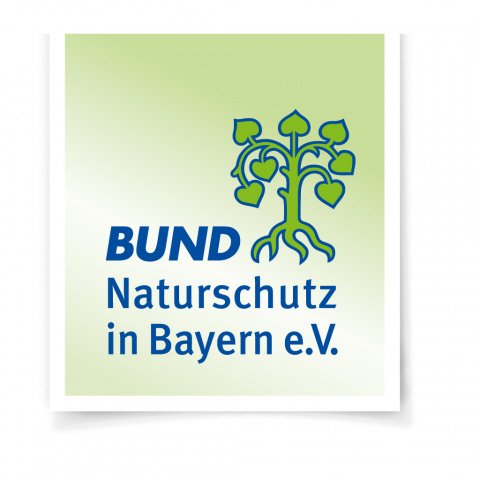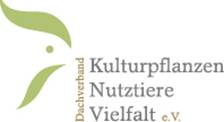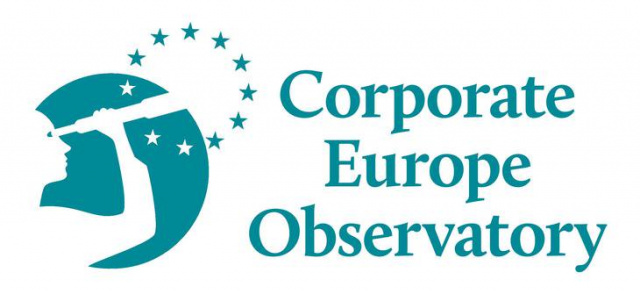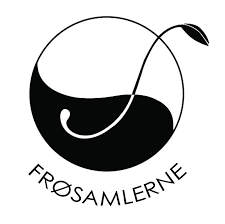Application number: 03760244.8
Proprietor: Syngenta Participations AG, 4058 Basel (CH)
Date of publication and mention of the grant of the patent: 12.08.2015
Date of opposition: 11.05.2016
Opposition is filed against the patent as a whole. Revocation of the whole patent and if necessary a public hearing of the opposition is requested.
REASONS FOR OPPOSITION:
(1) Art 53 a – morality and ordre public
The patent must be considered to be biopiracy, since it is based on misappropriation of biodiversity:
The plant characteristics as claimed in the patent are derived from tomatoes stemming from the countries of origin in Latin America.
(2.1) Art 53b – plant varieties
The patent extends to all plant varieties that show the plant characteristics as described. Thus, grant of the patent violates the prohibition on granting patents on plant varieties.
(2.2) Art 53b – essentially biological processes for breeding
The plants are derived from a process of crossing and selection, which must be considered to be essentially biological. Although these processes are not claimed explicitly, the patent as granted represents a violation of Art 53b since it renders it impossible to apply the process for breeding without infringing the patent. Usage of the process would inevitably lead to the production of plants as claimed.
Essentially, this is the exact opposite of what the legislators intended: The patent provides a monopoly on all plants with the respective characteristics, the seeds and even the fruits and food derived thereof - which is much more than a patent on the process would cover.
(3) Art 56 - inventiveness
It is well known that lines of wild tomatoes can be crossed with varieties being traded commercially. Thus, the processes covered in the patent and the resulting plants are not inventive.
(4) Art 54 - the products as claimed are not new
The patent protection as provided in the wording of the claims is not restricted to tomatoes derived from the process as described, but covers all tomatoes with the respective content of flavonol. Thus, the patent can also cover pre-existing plants within the range of flavonol content as claimed.
Further, claims 2-4 are directed to tomatoes with a flavonol content not related to the fruits but to the overall content in the plants, including the leaves. As the description of the patent shows, plant varieties already on the market with a high content of flavonol in the leaves are widely known.
(5) Art 52 - discovery
The content of flavonol as described in the patent does not arise from technical processes, but was only discovered as part of existing natural biodiversity and used in a non-inventive process.
(6) Art 83 – disclosure
The patent claims all tomatoes that show a content of flavonol higher than 17 mg/mg dwt in their peel and more than 2 mg/mg dwt in the flesh of the fruits. But the patent does not teach how to produce plants with such a higher content.













